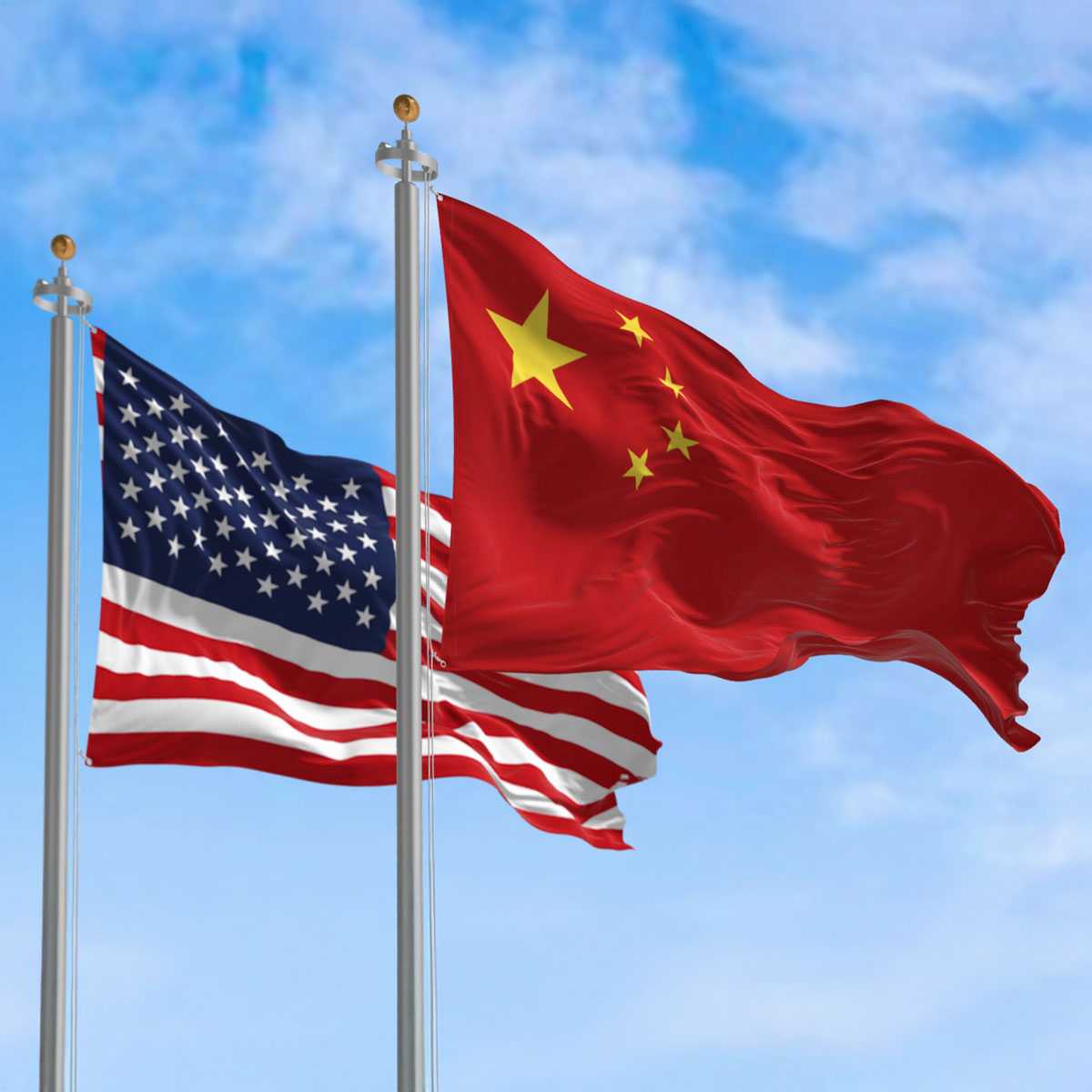
Negotiating Power: China’s Approach to U.S. Relations Under Trump 2.0
November 11, 2025
It seems the whole world had eyes on Busan, South Korea in late October, as U.S. President Donald Trump met with Chinese President Xi Jinping on the sidelines of the Asia-Pacific Economic Cooperation (APEC) Summit. At the time of writing, the meeting appears to have succeeded in its ever-challenging venture—to reduce U.S.-China tensions—with a slew of promises to roll back tariffs and suspend restrictive policies on both sides.
This fragile détente is a welcome development for the bilateral relationship. But how did we get here and, more specifically, what has been China’s approach to the U.S.-China trade conflict? What should we expect in the months ahead?
While Beijing has long touted “equality” and “mutual respect” as the foundation of bilateral ties, there is now more credible weight in its position vis-à-vis Washington. During the first Trump administration, China’s response to U.S. trade measures was largely confined to retaliatory tariffs. This time around, Beijing is notably more prepared and confident, wielding a broader and more potent retaliatory toolkit. It has used the past several years to systematically identify leverage points and devise ways to impose costs on American interests while minimizing pain points in its own economic plan.
China’s use of its rare-earth dominance to extract strategic concessions from Washington exemplifies this approach, reflecting a multi-year effort to mirror U.S. restrictions and enforce tangible costs, all while reinforcing Beijing’s claim to parity with the United States. This measured assertiveness signals that China increasingly recognizes its leverage and is ready to deploy it.
Perhaps more important than immediate economic relief is the critical window this trade détente opens for Beijing to advance its domestic economic agenda, which, while shaped by U.S.-China rivalry, remains its priority regardless of any trade deal. Trump’s first-term trade war and the Biden administration’s subsequent curbs on high-tech exports to China intensified Beijing’s determination to reduce its reliance on U.S. exports and markets. Ever since, policymakers have doubled down on accelerating homegrown innovation and diversifying supply chains, in part to insulate China from U.S. pressure.
The Communist Party of China (CPC) Central Committee’s Fourth Plenum, which wrapped up just days before President Xi Jinping boarded his plane to Busan, reaffirmed this vision. Both the Chinese leadership’s rhetoric and instructions for the 15th Five-Year Plan (2026-2030) make clear that industrial development and technological self-reliance will remain the centerpiece of China’s strategic agenda for the rest of the decade. The Plenum also emphasized the need to strengthen the role of domestic consumption, reiterating Beijing’s intent to shift away from export-led growth.
A period of relative calm in bilateral relations gives China more room to focus on these priorities, especially with the CPC’s year-end Politburo meeting and Central Economic Work Conference on the horizon. These key meetings, as well as the official launch of the Five-Year Plan at the Two Sessions (the annual meeting of the National People’s Congress, China’s parliament, held every March), will set the future course for the domestic economy. Nevertheless, China’s drive to insulate itself from external pressure and cement its standing as an equal power to the United States on the world stage will persist regardless of the daily temperature of bilateral ties.
Although Beijing’s core priorities are domestic, it is also aware that full decoupling from the United States would put those goals at risk, which is why managing the relationship is a strategic necessity for China. The Fourth Plenum signaled that plainly. While projecting confidence, its communiqué warned that “uncertainties and unforeseen factors are rising” and “major-country rivalry is becoming more intricate and intense.” By putting this language in a five-year policy blueprint, Beijing is likely acknowledging that U.S. pressure will remain a structural headwind.
Recent data underscores the bind. China’s trade surplus continued to widen in the first three quarters of 2025 and is on pace to exceed USD 1 trillion this year, reflecting the economy’s reliance on external demand. And despite trade partner diversification, higher tariffs and tighter investment screening from advanced economies, especially the United States, will continue to apply pressure on exports. On technology, the chokepoint is even sharper: China still depends on U.S.-linked supply chains for leading-edge semiconductors and related technologies.
So, Beijing is pragmatic. It wants to stabilize ties with Washington because stability is instrumentally valuable to domestic aims. But Chinese officials keep the other message on the table as well: if Washington escalates, Beijing will match it.
This new model of U.S.–China relations is likely to persist. Rather than pursuing a comprehensive settlement, both sides are managing frictions one dispute at a time. Temporary de-escalations come through targeted talks that produce narrow, short-term outcomes—essentially buying time while deeper structural clashes, such as China’s industrial capacity, remain unaddressed.
At present, it seems that neither Washington nor Beijing considers addressing the structural roots of their rivalry to be a promising endeavor. Nevertheless, both sides are eager to avoid disruptions that could negatively impact their domestic economies or political stability. That makes incremental understandings, with periodic freezes, the most realistic path ahead. Beijing recognizes this dynamic and is seeking to use it to its advantage. Periods of relative calm give China space to push domestic priorities, while keeping room to assert its interests and reinforce a claim to equal footing with the United States on the global stage.